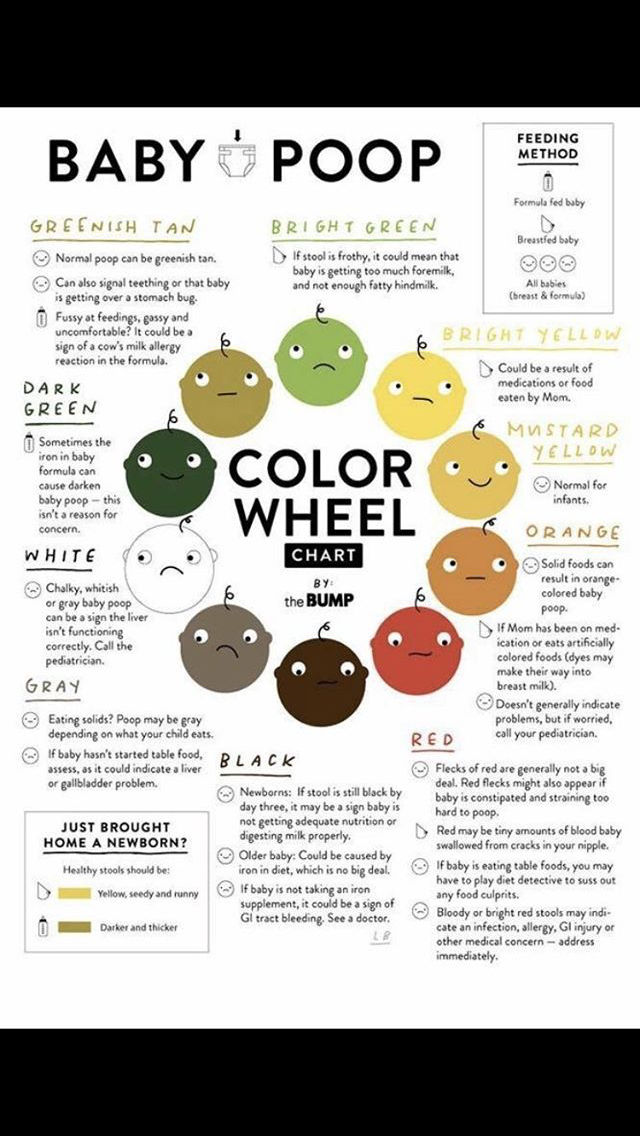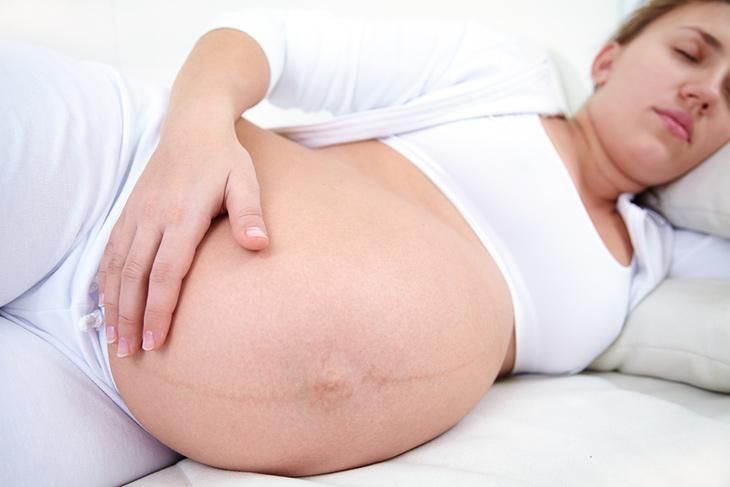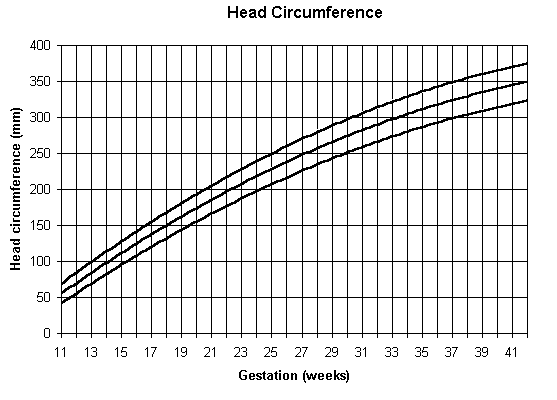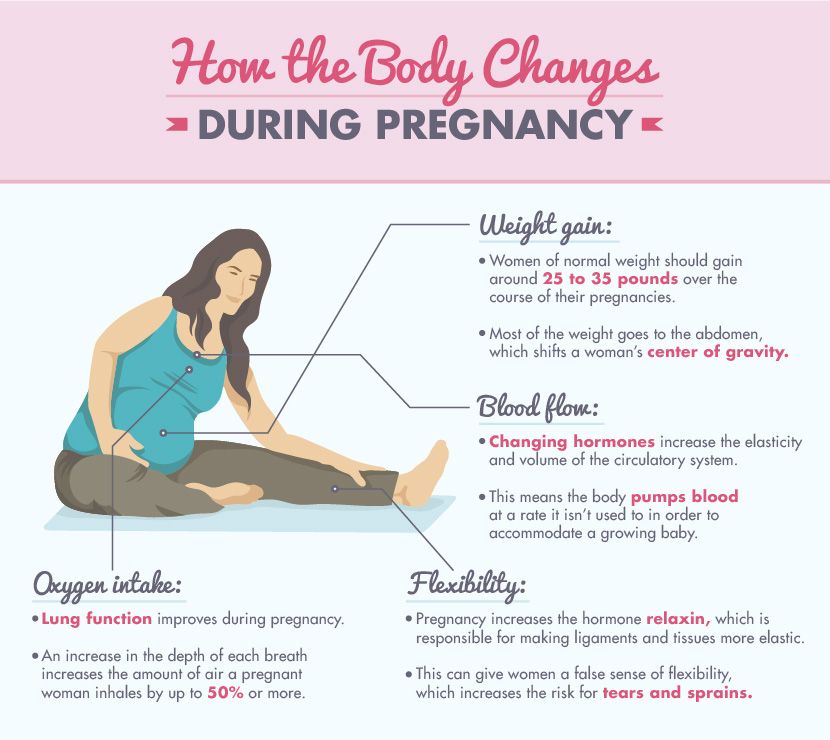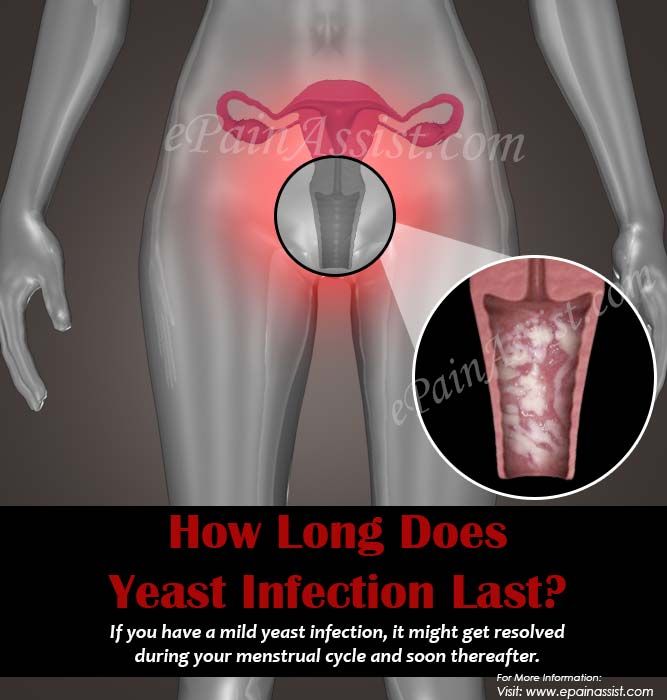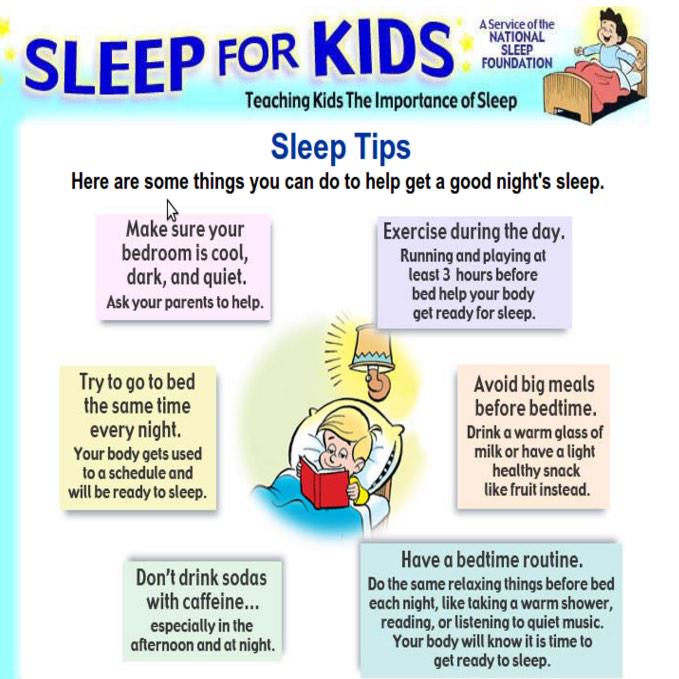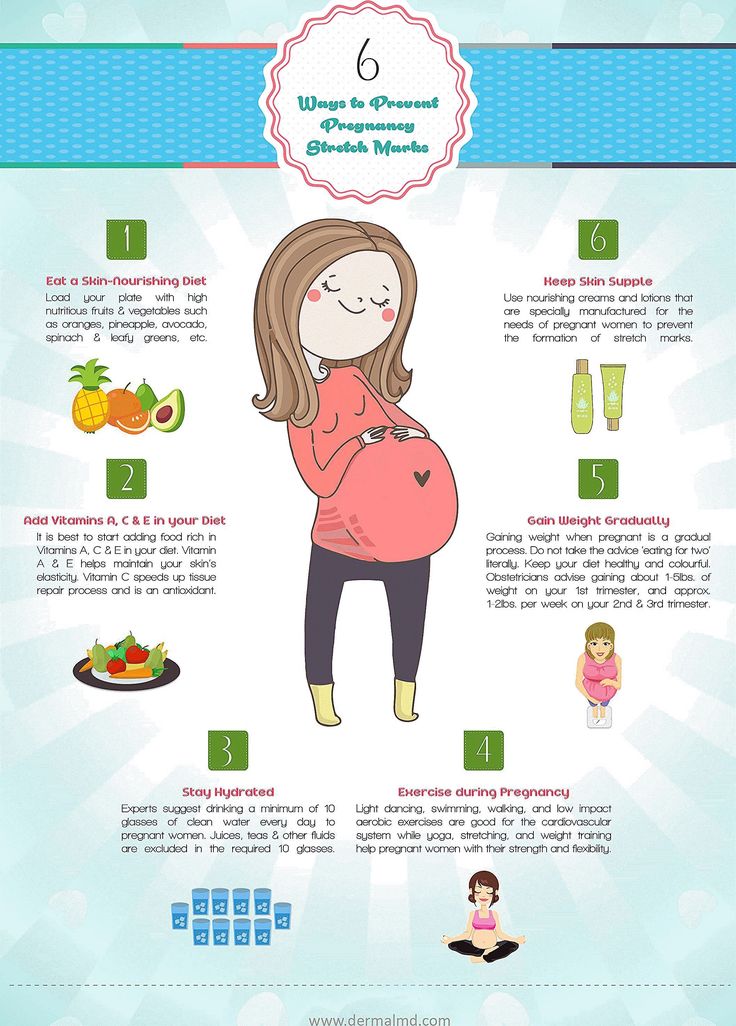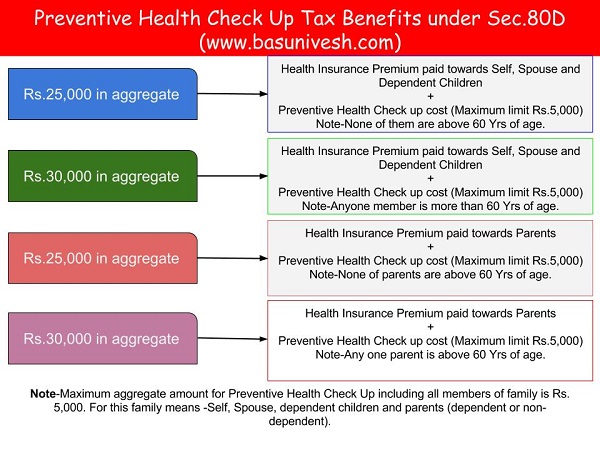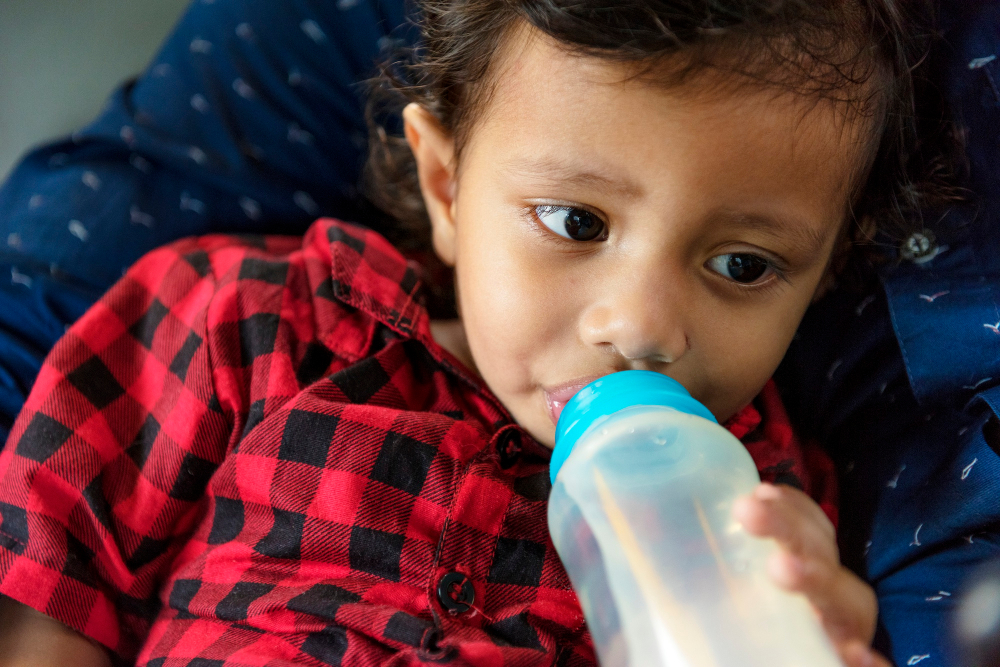Normal baby poop on formula
12 Types of Baby Poop & What They Mean
You can tell a lot about you baby’s health by what’s in his or her diaper. It’s normal to see a number of changes in your baby’s stools as he or she grows, drinks breast milk or formula and starts eating solids, but there are cases in which color and consistency may indicate infection. Use this baby poop guide to distinguish natural changes from warning signs that require a visit to the doctor’s office.
View the Infographic
Baby Poop Types
The scope of baby poop types considered “normal” depend on your baby’s age and feeding method.
1. Newborn Baby Poop
Your baby’s poop will look drastically different during his or her first few days after birth. Newborns have a greenish-black, tarry, sticky poop that resembles motor oil. This is called meconium and is made up of amniotic fluid, mucus, skin cells and other things ingested into the utero. Two to four days after birth, you should notice “transitional stools” that tend to be green and less tacky than meconium.
2. Breastfed Baby Poop
Breastfed baby poop is considered normal when it’s a mustard yellow, green or brown color. It is typically seedy and pasty in texture and may be runny enough to resemble diarrhea. Healthy breastfed stools will smell sweet (unlike regular bowel-movement odor).
3. Formula Fed Baby Poop
Healthy formula fed baby poop is typically a shade of yellow or brown with a pasty consistency that is peanut butter like. Formula-fed babies also pass fewer, but bigger and more odorous stools than breastfed babies.
4. Partially Digested Food in Baby Poop
Not all food is completely digestible and some foods travel so quickly through the intestines that they don’t break down completely. This can cause chunks of food to appear in your baby’s poop or for it to have a surprising color.
Baby Poop By Color
Don’t fear! Changes in baby poop color are normal. Usually, a different shade just means there is more or less of a pigment picked up during the digestive process.
5. Green Baby Poop
Babies that are given an iron-supplement will often have green baby poop. Green baby poop can also occur at 4 to 6 months when you introduce solid, green foods, such as pureed peas, spinach and beans, into your baby’s diet.
6. Orange, Yellow and Brown Baby Poop
Baby poop that is orange, yellow or brown in color is completely normal in breastfed and bottle fed babies.
7. Black Blood in Baby Poop
Oftentimes, if your baby’s poop has little specks of black blood in it, it means a baby has digested blood while breastfeeding on his or her mother’s cracked and bleeding nipples. Though this does not pose a threat to your baby, it’s a good idea to check with a doctor to make sure the blood is not a symptom of something more serious.
Baby Poop Warning Signs
Call your baby’s doctor right away if you notice any of these warning signs in his or her stools:
8. Runny Baby Poop
A baby’s diarrhea will be green, yellow or brown and runny.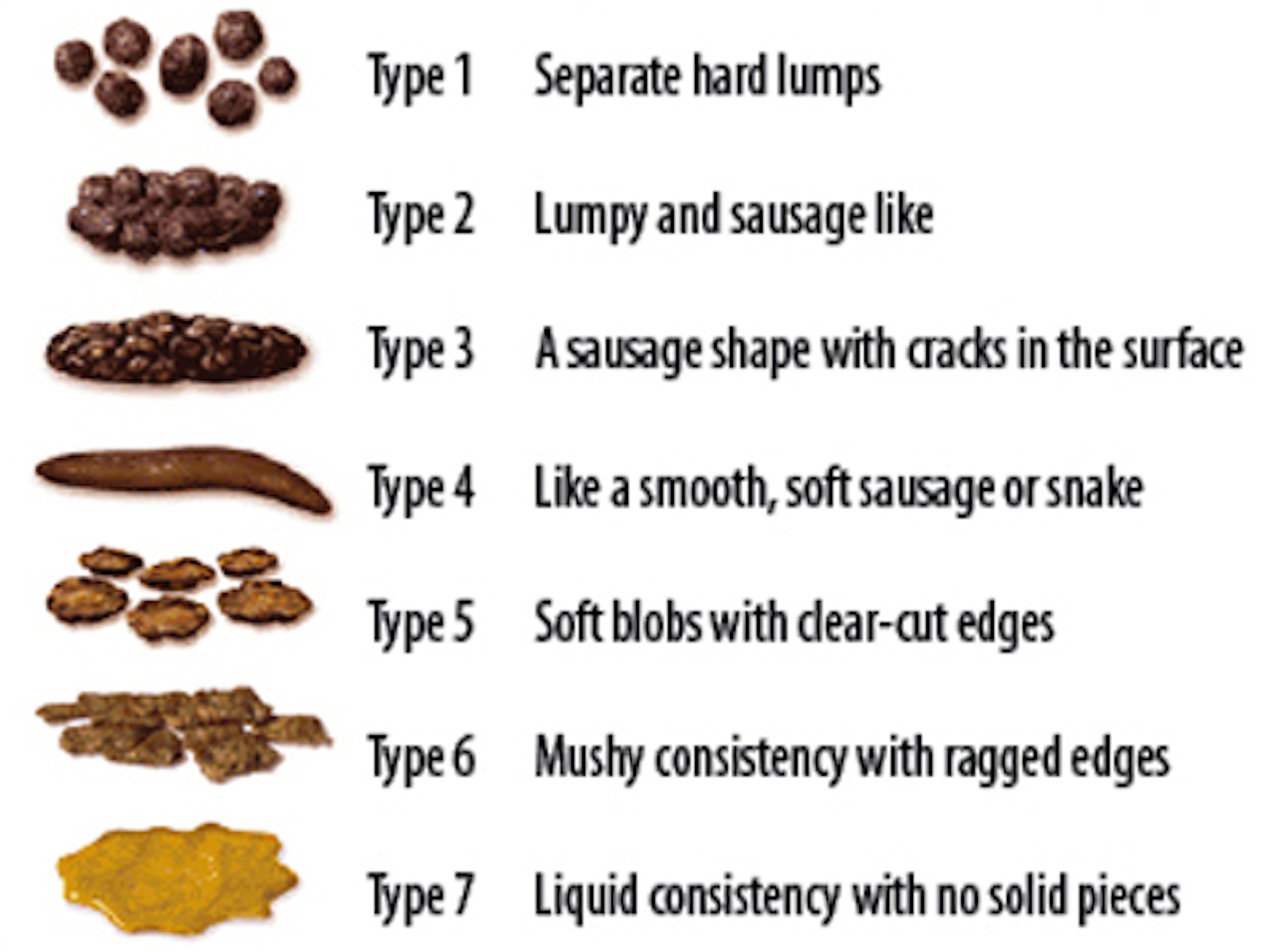 It can be an indication of an infection or allergy. If it goes too long without treatment, it may lead to dehydration.
It can be an indication of an infection or allergy. If it goes too long without treatment, it may lead to dehydration.
9. Hard, Pebble-like Baby Poop
Your baby may be constipated if his or her poop is hard and looks like pebbles. Babies can become constipated when they are being introduced to solid foods. This could also be a sign of sensitivity to milk or soy, or a lack of tolerance to something in breast milk or formula.
10. Red Blood in Baby Poop
While your baby’s poop can turn red because of something he or she ate or drank, such as tomatoes or fruit punch, red baby poop can be a sign of blood in the stool. Red blood found in normal poop could be a sign of a milk protein allergy, while red blood in diarrhea could mean your baby has a bacterial infection.
11. Mucus in Baby Poop
Seeing slimy, green-colored streaks with glistening strings in your baby’s poop means mucus is present. Although it can happen when your baby is drooling, mucus in baby poop can also be a sign of infection.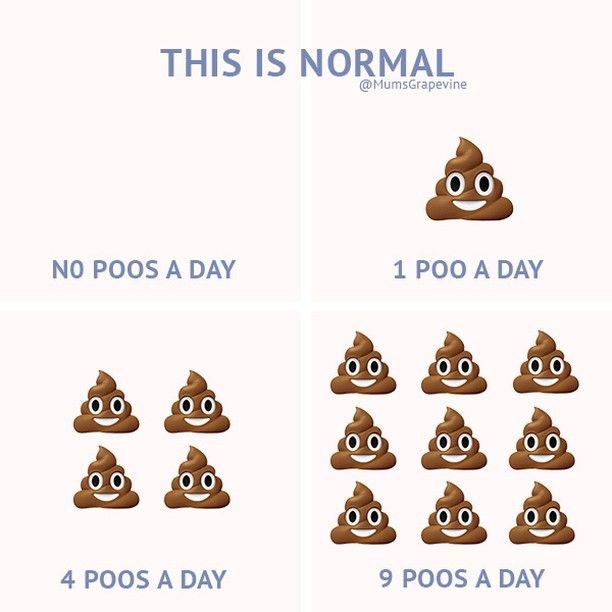
12. White Baby Poop
Chalky white baby poop could be a warning sign that your baby is not properly digesting food. A white color may indicate a lack of bile from the liver to digest food.
In the first few years, you will experience a full range of “normal” baby poop types that simply indicate your baby is healthfully growing and changing. When alarming changes occur, however, it’s important to contact your baby’s doctor as soon as symptoms arise.
Find a Pediatrician Near You
Baby Poop Infographic
What's Normal and What's Not
If there’s one universal parenting truth, it’s that you’re going to be talking about baby poop a lot. (Cue questions: How often should a newborn poop? How can you help baby poop? What does green baby poop mean? What exactly should normal baby poop look like?) And while it may not be a typical topic of conversation for the dinner table, it’s something you’ll find yourself thinking about all the time. Baby’s poop—the color, consistency and amount—can provide important clues into the health of your infant, says Wendy Sue Swanson, MD, a pediatrician and chief medical officer at SpoonfulOne.
Another reason why it’s a perpetual theme throughout the diaper years? Because baby’s poop habits change all the time. In fact, when it comes to baby poop, there’s a whole spectrum of what’s considered the norm. There are a lot of factors that can contribute to color, consistency and frequency. What’s normal for a breastfed baby (i.e. mustard-like poop) may not be normal for a formula-fed baby (soft and yellow, green or brown-ish). A little one that’s eating solid foods will also have a baby poop that’s very different from an infant that’s still exclusively breastfeeding or formula-feeding. Suffice to say, baby’s poop will evolve and so will your idea of “normal.”
So what is considered normal baby poop—and when should you be concerned? We’ll help you sort it all out with our comprehensive baby poop guide. Here’s what to expect from that first diaper change, all the way up through potty training.
In this article:
Baby’s First Poop
How Often Should a Newborn Poop
Baby Poop Color: Green Baby Poop
Baby Not Pooping: How to Help Baby Poop
Types of Baby Poop When to See the Doctor
Baby’s First Poop
Unlike many of your child’s milestones, you likely won’t take a picture of baby’s first poop—but it’s an important one.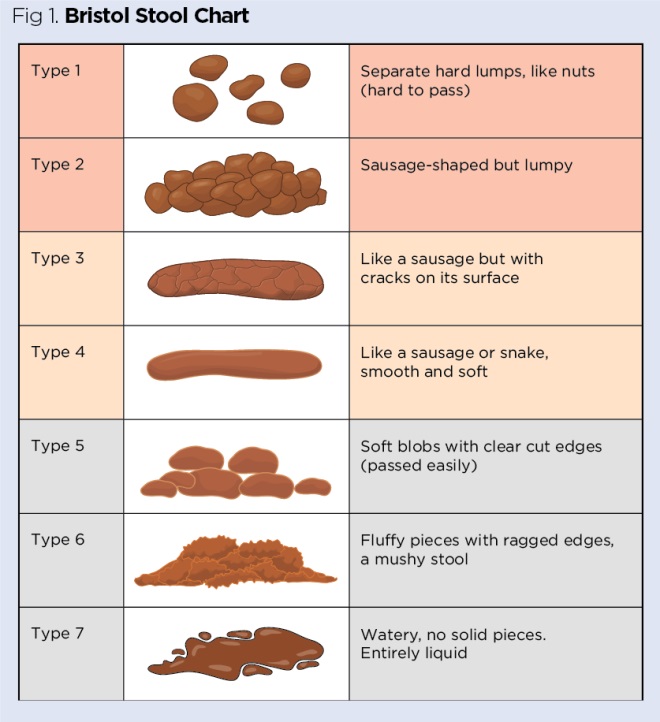 Usually sticky and darkish green-black in color, baby’s first poop is called meconium and is made up of everything baby ingested in utero, including amniotic fluid, skin cells and water. But within the first few days of life, your newborn’s poop should progressively get more watery and lighter in color. If it doesn’t, or if baby isn’t consistently pooping in the first few days of life, it could be a sign that they’re not getting proper nutrition and need a follow-up visit with the pediatrician, Swanson says.
Usually sticky and darkish green-black in color, baby’s first poop is called meconium and is made up of everything baby ingested in utero, including amniotic fluid, skin cells and water. But within the first few days of life, your newborn’s poop should progressively get more watery and lighter in color. If it doesn’t, or if baby isn’t consistently pooping in the first few days of life, it could be a sign that they’re not getting proper nutrition and need a follow-up visit with the pediatrician, Swanson says.
How Often Should a Newborn Poop?
In the first four to six weeks of life, regardless of whether your infant is breastfed or formula-fed, you should expect your newborn to poop after nearly every feeding, Swanson says. And depending on whether you’re breastfeeding, formula feeding or combination feeding, the stools will likely look different. Breastfed baby poop is often yellow, seedy and runny, while a formula-fed baby’s poop may be darker and thicker.
After six weeks, as baby’s digestive tract develops, their poop habits may change.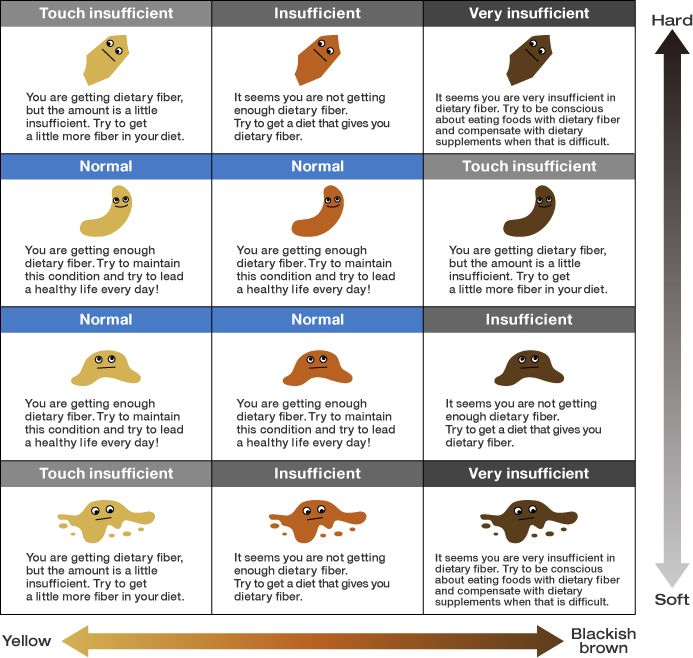 How often should a newborn poop? It depends. While one to three times or more a day is a benchmark, it’s common for breastfed babies to not poop as frequently as formula-fed babies.
How often should a newborn poop? It depends. While one to three times or more a day is a benchmark, it’s common for breastfed babies to not poop as frequently as formula-fed babies.
How often should a breastfed baby poop?
Is your breastfed baby not pooping? Don’t panic. Because breast milk is digested differently than formula, it’s not unusual for a breastfed baby to pee regularly (creating six to eight wet diapers a day) but not poop for several days. “It’s common for a breastfed baby to go two or three days without pooping, and it’s possible for them to go up to seven days,” Swanson says. If your breastfed baby isn’t pooping, it’s more important to watch their demeanor than their diapers. If they seem content and their belly is soft, they’re likely fine. But if their belly feels rigid or baby seems uncomfortable, it could be a sign they’re constipated, Swanson adds.
How often should a formula-fed baby poop?
Formula-fed babies tend to have poop that’s a bit darker and firmer than breastfed baby poop.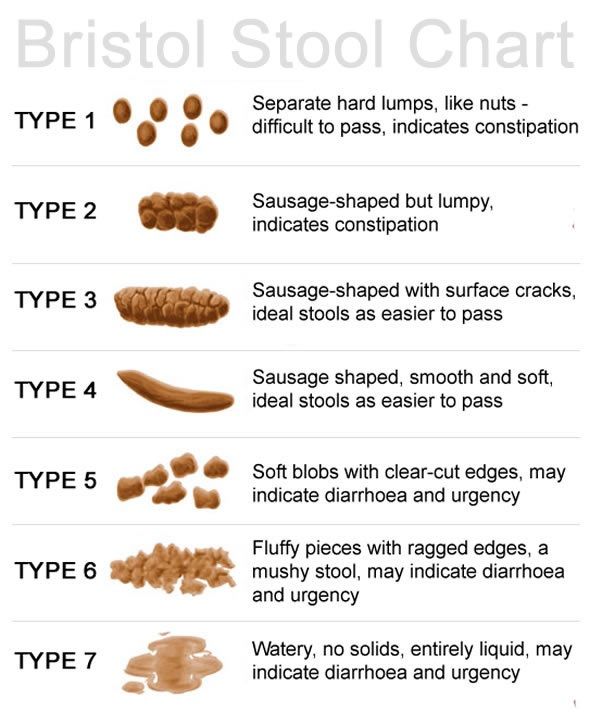 Their poop may be the consistency of hummus and color can range from yellow to greenish-brown or tan. Formula-fed babies will likely poop at least once a day; if they don’t poop for two or more days, it could signal constipation. Equally important is the consistency of baby’s poop. “Log or pellet-like shapes could indicate constipation,” Swanson says. It’s important to address this with your pediatrician, since constipation could mean an allergy or be a sign that it’s time to try another brand of baby formula.
Their poop may be the consistency of hummus and color can range from yellow to greenish-brown or tan. Formula-fed babies will likely poop at least once a day; if they don’t poop for two or more days, it could signal constipation. Equally important is the consistency of baby’s poop. “Log or pellet-like shapes could indicate constipation,” Swanson says. It’s important to address this with your pediatrician, since constipation could mean an allergy or be a sign that it’s time to try another brand of baby formula.
Baby Poop Color: What Does It Mean?
When it comes to assessing potential health issues, a pediatrician often checks baby’s poop color. Before you panic, remember that what goes in must come out—especially for babies who are beginning to eat table food. In other words, if baby has beets for lunch, you’re probably going to see red in a few hours. Still, pediatricians agree it’s smart to keep tabs on the colors you see. If you do spot something unusual, bag up the diaper and bring it along to your appointment—it can help a doctor make an assessment. From green baby poop to red, orange, black and beyond, here’s what each baby poop color could mean:
From green baby poop to red, orange, black and beyond, here’s what each baby poop color could mean:
Image: Lindsey Balbierz
Green baby poop
With formula-fed infants, it’s normal for baby poop to be a greenish-tan color. Sometimes the iron in baby formula can cause dark green baby poop and isn’t a reason for concern. Green baby poop can also signal teething or that baby is getting over a stomach bug. If baby has green poop and is also fussy at feedings or seems gassy and uncomfortable, it could be a sign they have a cow’s milk allergy and are reacting to the formula, Swanson says, which means you should consult your doctor about other options. For a breastfed baby, green baby poop might signal something else. “Bright green baby poop in a breastfed infant, especially if it’s frothy, may mean they’re getting too much foremilk and not enough of the fattier hindmilk,” Swanson says. Try keeping baby on one breast per feeding or hand express a bit of milk before letting them latch and see if this solves the problem.
White baby poop
If baby is still being breastfed or formula-fed, chalky, whitish or gray baby poop definitely warrants a call to the pediatrician, since it can be a sign the liver isn’t functioning the way it should be.
Orange baby poop
Many of baby’s first solid foods can result in orange-colored baby poop (think: carrots and sweet potatoes). A breastfed baby may also have orange-ish tinted stool if Mom has been on medication or been eating artificially colored foods, since the dyes may make their way into breast milk. Orange poop generally doesn’t indicate a problem, but if you’re worried, call your pediatrician, Swanson says.
Red baby poop
Flecks of red are no big deal. If you’re breastfeeding, there might be tiny amounts of blood baby swallowed from cracks in your nipple. Red flecks might also appear if baby is constipated and straining too hard to poop. If you’re just starting baby on table foods, you may have to play diet detective to suss out any food culprits.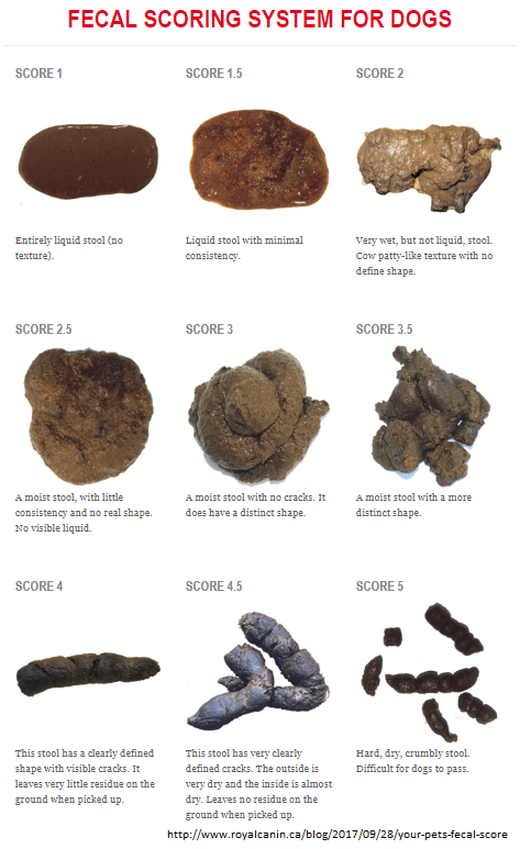 Stools that look genuinely bloody or are bright red may indicate an infection, allergy, GI injury or other medical concern and should be addressed immediately.
Stools that look genuinely bloody or are bright red may indicate an infection, allergy, GI injury or other medical concern and should be addressed immediately.
Black baby poop
If a newborn’s poop is still looking black by day three, it may be a sign they’re not getting adequate nutrition or digesting milk the way they should. If you see black poop when baby’s a bit older, it could be caused by iron in their diet, which is no big deal. If baby isn’t taking an iron supplement and the poop looks black, it could be a sign of GI tract bleeding and should be seen by a doctor. “But it’s not red!” you say? Blood actually turns from red to black as it travels through baby’s intestines, according to Madhavi Kapoor, MD, clinical assistant professor in the department of pediatrics at NYU Langone Medical Center.
Yellow baby poop
Mustard yellow is a normal baby poop color for both breastfed and formula-fed infants. If baby’s stool is bright yellow, the color change could be a result of medications or food eaten by Mom.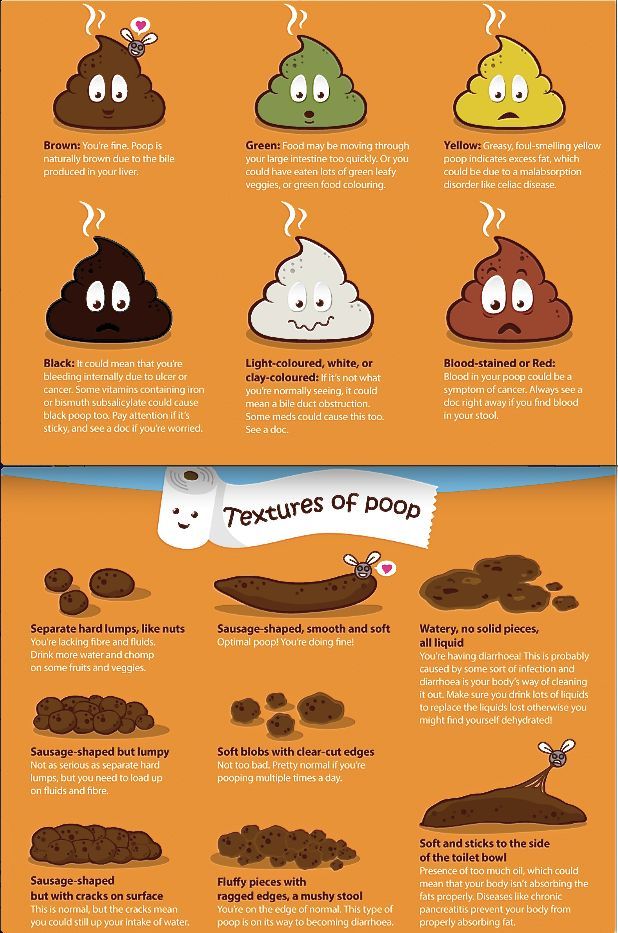
Gray baby poop
If baby is eating solids, poop may be gray depending on what your child ate, Swanson says. If baby hasn’t yet started table food, then it’s important to assess, as it could indicate a liver or gallbladder problem.
How to Help Baby Poop
Before having a baby, you probably never imagined you’d wish for a dirty diaper. But a poop can provide sweet relief for an uncomfortable baby and a worried parent. There are a few common reasons why baby is not pooping: Dehydration, eating starchy foods like bananas, a time shift due to traveling or occasionally an allergy or intolerance. In older babies, especially those on the cusp of potty training, withholding poop can be psychological—they may be afraid of the potty or upset over an external issue, like a caregiver change or thrown-off schedule.
Luckily, many at-home remedies to help baby poop are simple, effective and recommended by pediatricians—but it’s best to use them only occasionally. “I warn parents not to become dependent on a ‘trick’ to make a baby poop,” Swanson says. “If it’s a persistent problem, it’s something I like to see in the office.”
“If it’s a persistent problem, it’s something I like to see in the office.”
Here are some ideas on how to get a newborn to poop, as well as what to do when an older baby is not pooping .
• Bicycle legs. Peddling an infant’s legs to and from their chest, as if they’re riding a bicycle, can be a gentle way to stimulate your child’s digestive system, Swanson says. Older babies generally don’t need this trick, since crawling, climbing and pulling up to stand help keep things moving.
• Warm bath. The warmth and stimulation of the water can relax muscles and help baby poop.
• Rectal stimulation. For occasional use only, Swanson suggests gentle rectal stimulation by gently inserting a rectal thermometer or using a gas-relieving product, such as Fridababy’s Windi ($13, Fridababy.com). However, Swanson cautions this shouldn’t become your go-to trick. “If used too often, the baby may become reliant on rectal stimulation to poop.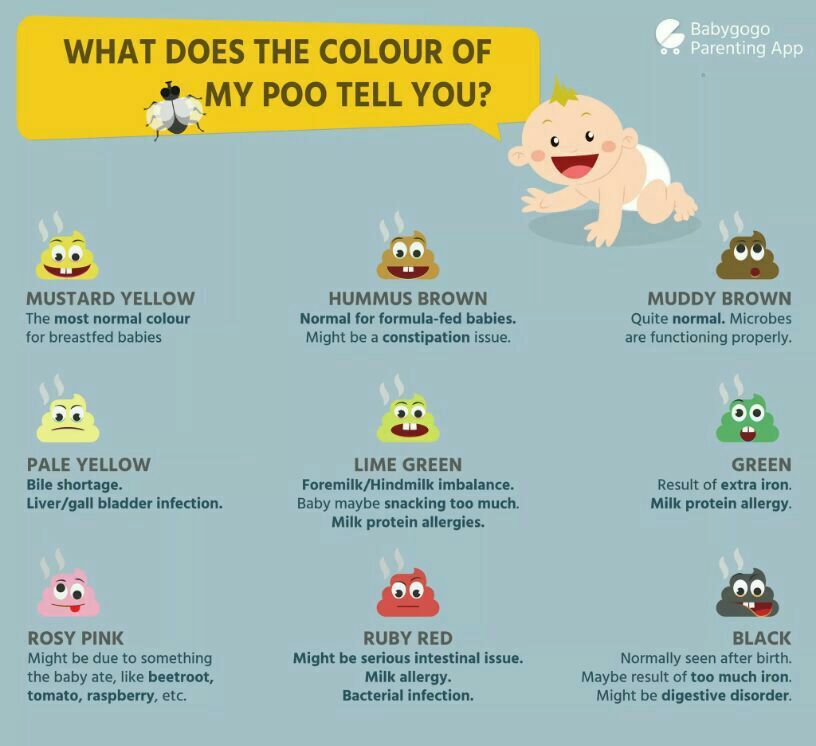 ”
”
• Water or juice. Constipation can be a sign of dehydration. If baby has started eating solids, offering a few ounces of water or pear juice may help move things along. Constipation may also be a sign baby needs to nurse more or be offered a bottle more regularly. If you’re at all concerned, talk to your pediatrician.
• Glycerin suppositories. Another occasional-use tool, Swanson says glycerin suppositories can be helpful for constipation. Ask your doctor first, especially if baby is younger than a year.
• The four P’s: Prunes, plums, peaches and pears. These four fruits are a great natural way to help baby poop. If baby has started solids, add a serving or two into your child’s daily diet to keep things moving.
• Veggies. The high-fiber content in vegetables makes them all-stars when it comes to dealing with constipation.
• Whole grains. When planning baby’s meals, try incorporating some whole grains: Brown rice, whole-wheat pasta and multigrain cereals or bread maximize bran intake, which can help soften stool and make it easier for baby to poop.
Is it normal for baby to grunt?
If you hear baby making grunting noises, don’t fret. They’re just learning how to have a bowel movement. Infants let out moans and groans as they go; their abdominal muscles aren’t very strong yet, so pooping requires more effort and energy and engages the diaphragm, resulting in some sound effects. It’s not uncommon to see babies straining or making faces while they’re at it too. This is completely normal, and doesn’t necessarily indicate a problem like constipation.
Types of Baby Poop
While it’s normal to get a teeny bit less obsessive over every single diaper change as baby grows, it’s still important to keep an eye out for potential problems and warning signs. While some odd consistencies may have a simple explanation (hello, raisins!), others may need to be discussed with your doctor. Here are some types of baby poop to watch out for:
Diarrhea
In infancy, loose stools can be a sign of an allergy, either to the milk proteins in formula or, if you’re breastfeeding, to something you ate. As baby gets older, watery stools may be a sign of teething (baby is swallowing more saliva, leading to runnier poop), but could also be a sign of a stomach bug. In that case, keeping your child hydrated with plenty of water or milk is essential. If the diarrhea is accompanied by a fever of 100.4 or higher, or baby is younger than 3 months old, it’s a good idea to call your pediatrician, Kapoor says.
As baby gets older, watery stools may be a sign of teething (baby is swallowing more saliva, leading to runnier poop), but could also be a sign of a stomach bug. In that case, keeping your child hydrated with plenty of water or milk is essential. If the diarrhea is accompanied by a fever of 100.4 or higher, or baby is younger than 3 months old, it’s a good idea to call your pediatrician, Kapoor says.
Blood in baby stool
While a few flecks can be normal, anything more than that should be brought to your pediatrician’s attention. “Blood in the stool could be caused by constipation, infection, injury or allergy, so going to the doctor is essential,” Kapoor says.
Mucus in baby stool
A common sign of teething or a cold, occasional mucus is no big deal. However, “if you notice it frequently or in large amounts, it could be a sign of a GI tract issue and should be discussed with your pediatrician,” Kapoor says.
Stringy baby poop
A cousin to mucus, stringy baby poop could be a sign of a cold or teething, or just the result of something baby has been eating.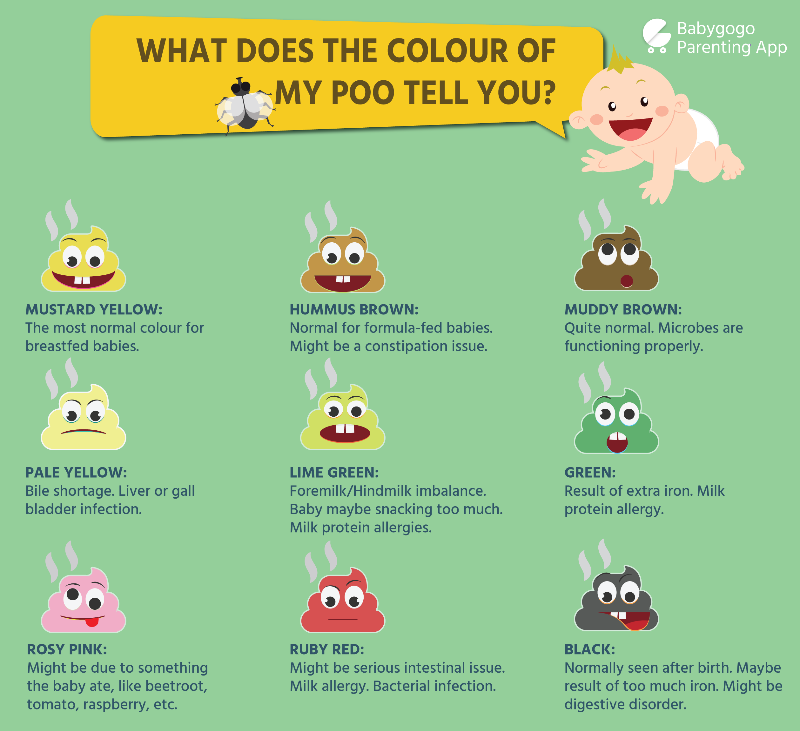 If it shows up frequently in baby’s diaper, it’s a good idea to call your pediatrician.
If it shows up frequently in baby’s diaper, it’s a good idea to call your pediatrician.
Foamy baby poop
“In a breastfed infant, foamy stool may be a sign that baby is getting too much foremilk,” Kapoor says. For an easy solve, try completing a feeding on just one breast. In a formula-fed baby, frothy baby poop could indicate an infection or allergy.
Pebble-like stool
This is a classic sign of constipation or withholding stool in older babies. Try some home constipation cures and go to the doctor if baby doesn’t poop within the next 24 hours.
Doctors agree that if you see anything unusual, spot a baby poop problem accompanied by a high fever or if baby is crying inconsolably, you should call the doctor, who can help guide you through possible causes and next steps. And don’t be shy about bagging the diaper for your doctor’s inspection. “We see it all the time, and we aren’t disgusted,” Kapoor says. “It can help us best figure out what the issue may be. ”
”
When to See the Doctor
Yes, you can tell a lot about baby’s health by monitoring the color and consistency of their poop. But if you notice any of the following, you should consult your doctor for advice:
- Breastfeed baby hasn’t pooped in over three days
- Formula-fed baby hasn’t pooped in over five days
- Baby poop is thick, hard or or pebbly
- Baby poop is red or black
- Baby poop is white, gray or clay-colored
In the coming days, weeks and months, you’ll likely take up a mission to analyze the contents of your infant’s diaper; checking for normal baby poop is par for the course. The truth is: Everybody poops—and you want to make sure your little one is happy and healthy! To that end, keep our baby poop guide bookmarked as a reference to help you navigate this sometimes sticky, but always interesting stage of parenthood!
About the experts:
Madhavi Kapoor, MD, is a clinical assistant professor in the department of pediatrics at NYU Langone Medical Center. She received her medical degree from the University of Texas Southwestern Medical School in Dallas.
She received her medical degree from the University of Texas Southwestern Medical School in Dallas.
Wendy Sue Swanson, MD, is a pediatrician and chief medical officer at SpoonfulOne and BeforeBrands. Previously, the executive director of digital health for Seattle Children’s Hospital, she earned her medical degree from University of Pennsylvania School of Medicine in Philadelphia.
Please note: The Bump and the materials and information it contains are not intended to, and do not constitute, medical or other health advice or diagnosis and should not be used as such. You should always consult with a qualified physician or health professional about your specific circumstances.
Plus, more from The Bump:
What to Know About Using Gripe Water for Colic and Tummy Troubles
Why Babies Get Hiccups (and How to Get Rid of Them)
How to Identify and Relieve Baby Constipation
Chair in babies: norm and deviations
Infant chair standards
What should be the child's chair? This is one of the most common questions parents ask.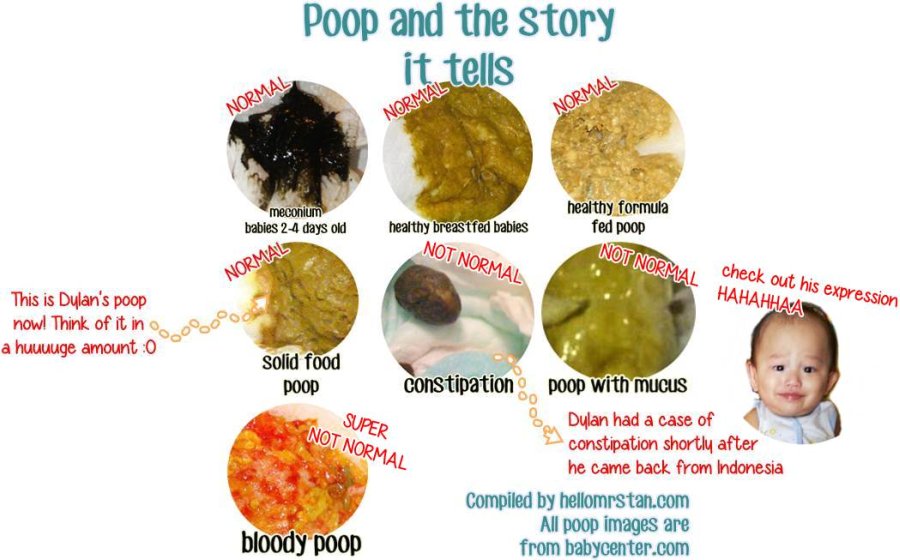 Babies of different ages and on different feedings have peculiarities in the frequency and consistency of the stool. Let's look at this issue in more detail.
Babies of different ages and on different feedings have peculiarities in the frequency and consistency of the stool. Let's look at this issue in more detail.
In children from birth to 4 months, stool frequency is considered normal if there are from 1 to 7 acts of defecation per day, from 4 months to 2 years - from 1 to 3. On breastfeeding, the frequency of bowel movements is from 2 to 6-7 times, on artificial feeding - from 1 to 4 times a day.
For breast-fed babies, the stool is normally light yellow, homogeneous, mushy with a sour smell, while in children on artificial feeding, the stool is darker and denser. A small amount of indigestible lumps of food is acceptable. The green color of the stool is a variant of the norm if it does not contain pathological impurities in the form of mucus and blood.
Stool options in the presence of various diseases in a child
Consider stool options that can be a manifestation of various diseases in a baby. In the presence of such changes, you should contact a specialist to clarify the nature of the violations and select appropriate methods of therapy.
In the presence of such changes, you should contact a specialist to clarify the nature of the violations and select appropriate methods of therapy.
In view of the immaturity of enzyme systems, most newborns often have transient (temporary) lactase deficiency. Stool in this condition is quickened up to 8-10 times a day, it is liquid, frothy with a large water spot and sour smell. In this case, the baby can throw the breast or nipple in the presence of appetite, be restless during feeding. This condition is being corrected by a pediatrician.
The presence in the stool of a copious amount of mucus, a streak of blood, rapid or, on the contrary, rare emptying when a rash appears on the skin of a baby, may be symptoms of a food allergy to cow's milk protein. This is mainly observed in children of the first year of life and also is corrected by the pediatrician.
Absence of stool in the first 48 hours after birth and then profuse, greasy (poorly washed off from the potty), shiny, fetid stool in the absence of weight gain - is also a reason to consult a specialist in order to exclude a genetic disease - cystic fibrosis.
In the presence of liquefied, frequent and abundant stools (polyfecal matter) and an increase in the volume of the abdomen with a decrease in body weight or no weight gain, observed 4-8 weeks after the introduction of gluten-containing foods (semolina, oatmeal, wheat porridge, crackers, drying, cookies , vermicelli) it is necessary to exclude celiac disease in the baby by contacting a pediatrician or a gastroenterologist.
Diarrhea, discoloration (dark green, black, etc.), the appearance of pathological impurities in the stool in the form of mucus, blood, pus - the most common manifestation of intestinal infection. All this may be accompanied by fever, vomiting, loss of appetite, while the baby becomes lethargic and restless. Intestinal infections are dangerous with serious complications, therefore, with such symptoms, you should immediately consult a doctor.
If the child shows anxiety, cries, and blood is visible in the stool in the form of "raspberry jelly" - this is a reason for an emergency visit to the surgeon, in order to exclude an emergency pathology.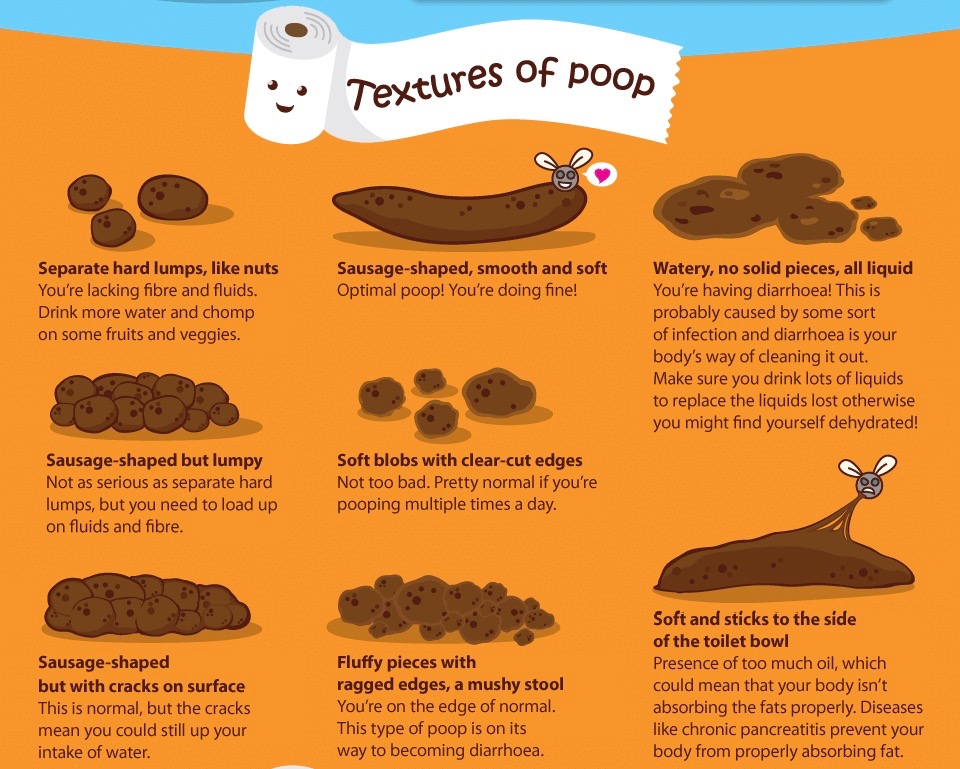
A decrease in the frequency of stool, a change in its character (dense consistency, an increase in volume, or like a “sheep”, possibly with streaks of blood), as well as the absence of self-emptying for more than 3 days, speaks of constipation , which are organic and functional . The causes of constipation can be different, in this regard, you should not self-medicate them.
Remember, changes in the nature and frequency of stools require medical advice. It is he who will prescribe the necessary examination, if necessary, hospitalization may be required for an in-depth examination in order to correct the condition in a timely manner. Pediatrician, perinatal psychologist Green, frothy, thick stools - is this normal for a baby? What should be the normal stool of the baby and how to distinguish age-related changes from warning signs that require a visit to the doctor.
— Polina Aleksandrovna, does the child's stool differ on breast, mixed and artificial feeding?
- Normally, the stool in children of the first year of life on different diets is different.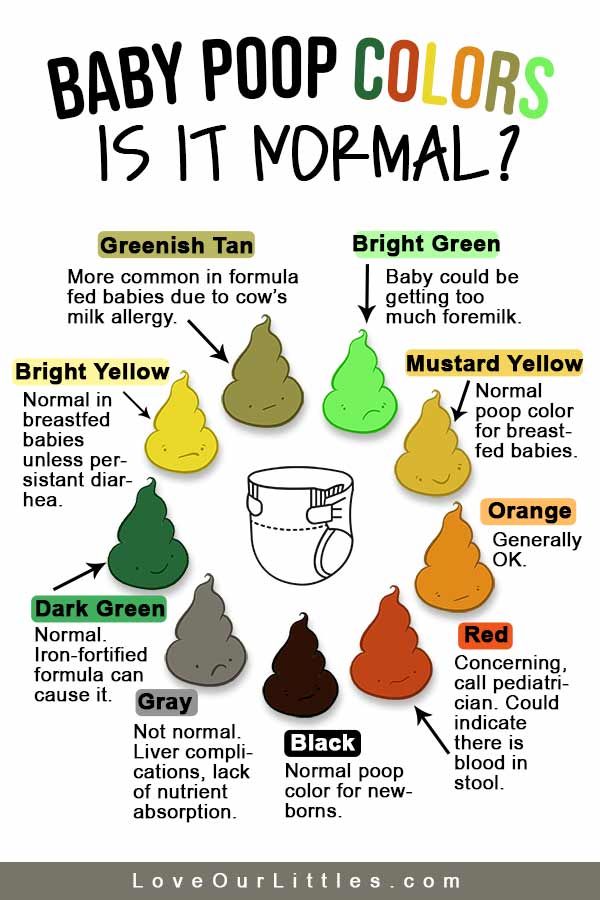
- Newborn stool - what is considered normal?
— A newborn — a child of the first 28 days of life — undergoes a restructuring of the body and the transition from intrauterine to extrauterine independent life. And his chair will seem strange and unusual to many mothers - but this is not a pathology.
- Original feces - meconium - has the consistency of a thick ink paste of dark green, almost black color.
- 2-3 days - transitional stool - partly dark green, with time it becomes mushy.
- 4-5 days - scattered stool - it includes a liquid part, white undigested lumps, sometimes streaks of mucus.
- Days 12-14 — from the end of the second week, normal stool begins to form, which will remain unchanged in the future.
Every newborn goes through transitional states, because he begins to receive milk nutrition, proteins and fats enter his intestines. Naturally, the mucous membrane of the gastrointestinal tract adjusts to the new nature of nutrition, and stool disorders may occur.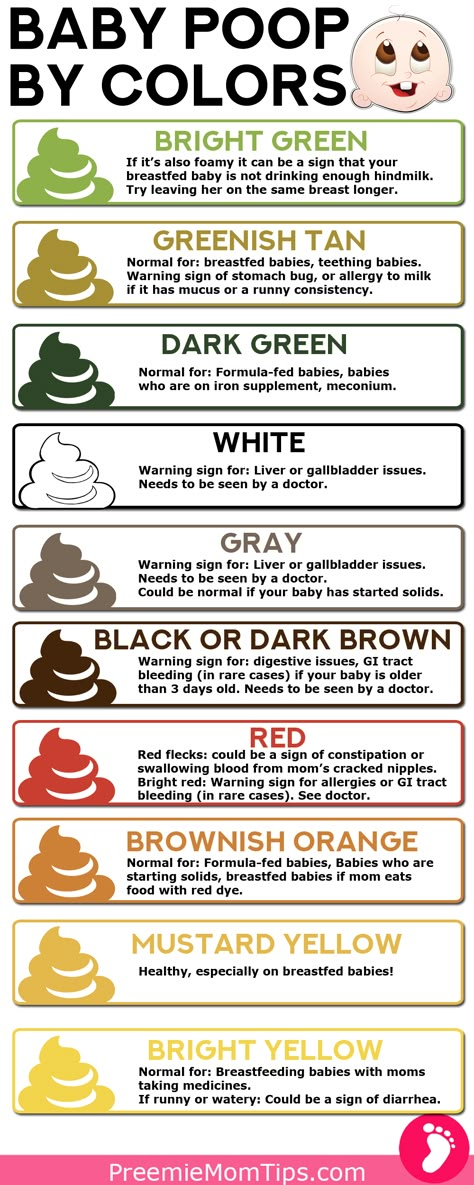 In addition, the intestinal microflora undergoes changes: by the end of the first - the beginning of the second week, the pathogenic flora of the newborn is replaced by normal flora, and bifidobacteria generally begin to play a dominant role. These factors lead to significant changes in the chair, which should not be scared.
In addition, the intestinal microflora undergoes changes: by the end of the first - the beginning of the second week, the pathogenic flora of the newborn is replaced by normal flora, and bifidobacteria generally begin to play a dominant role. These factors lead to significant changes in the chair, which should not be scared.
— What determines the shape and type of feces of a newborn and an infant?
- The nature of the stool depends on the characteristics of the child's digestive tract and the nutrition of the nursing mother - the baby may tolerate some foods better or worse.
- If the baby is malnourished, the stool is less frequent, the consistency thickens.
- If the mother diluted the mixture incorrectly - added more or less water - there will be a thickening or thinning of the stool.
- If a child's drinking regimen is disturbed - the temperature is elevated, and he loses a lot of moisture, or the heat is on, and fluid reserves are not replenished, the stool may become more dense.
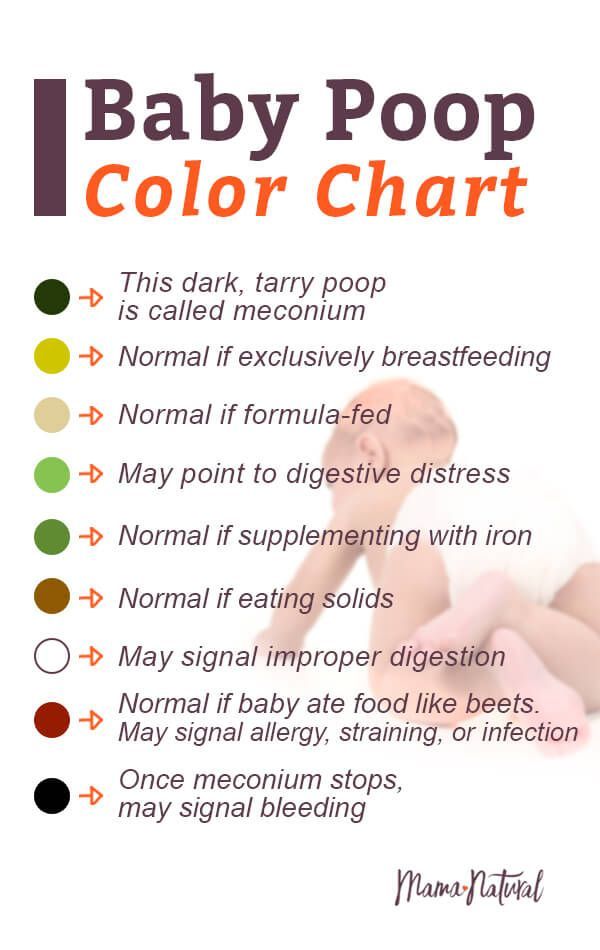
— Does the regularity of the stool in the first year of life change from month to month?
- The older the child gets, the less frequent bowel movements occur.
- A newborn child has up to 8-10 stools. A bowel movement is possible after or during each meal - and this will be the norm.
- Stools at 2 months normally have adequate intervals of 3-3.5 hours during the day and 4 hours at night. In the future, the nature of the chair reflects the nutrition of the child.
- Stool from 5-6 months - dense 1-2 times a day or 1 time in two days; it is more decorated and looks like an adult's chair.
— Does the stool change during feeding?
- The baby's stool normally becomes denser with the start of the introduction of complementary foods. This does not happen immediately - complementary foods are introduced gradually, in microdoses, and when the portion is brought to the age norm, the stool changes its character more clearly.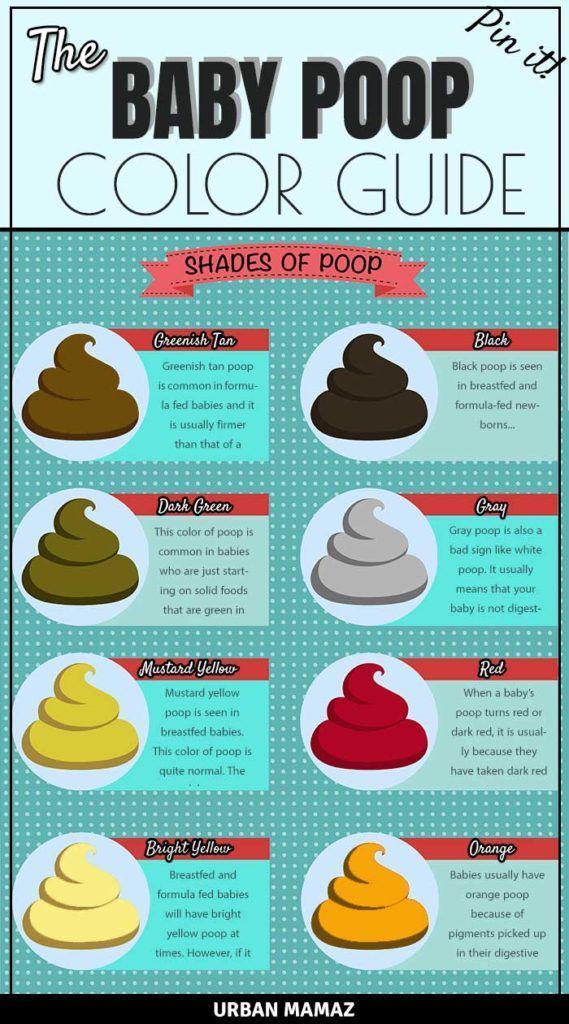 If complementary foods are introduced quickly with large doses, the child's body will not have time to cope with the new food and react with constipation. With intolerance and an allergic reaction, after the introduction of new products, it is possible to thin the stool with the appearance of streaks of blood or mucus - this is an alarm signal that requires a medical examination. For complementary foods, you need to choose foods according to the age of the child, because not everything is suitable for the first acquaintance with new food.
If complementary foods are introduced quickly with large doses, the child's body will not have time to cope with the new food and react with constipation. With intolerance and an allergic reaction, after the introduction of new products, it is possible to thin the stool with the appearance of streaks of blood or mucus - this is an alarm signal that requires a medical examination. For complementary foods, you need to choose foods according to the age of the child, because not everything is suitable for the first acquaintance with new food.
— How often should a baby have a bowel movement?
- For a small child who receives only milk nutrition, the stool rate is a floating concept. It is necessary to build on what is normal for a particular child: this applies to the regularity, consistency, and color of the stool.
Chair norm
- A chair eight to ten times a day is the norm, if the newborn is comfortable, he is calm and he always has such a frequency of stool.
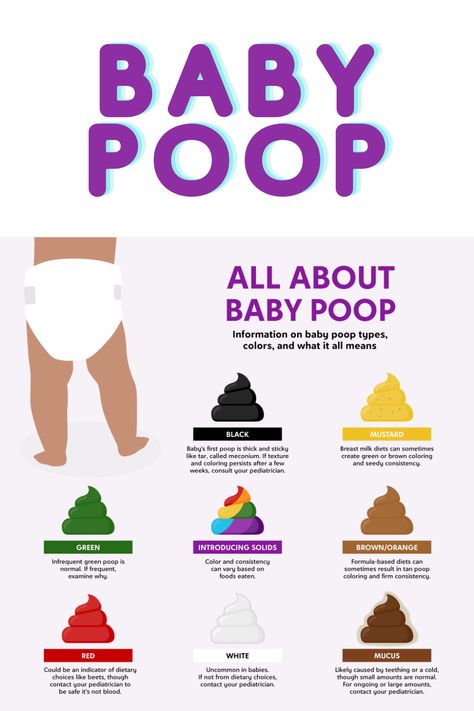
- A chair once a day or once every two days is the norm, if the child is calm, he does not strain constantly and poops on his own.
- Stool with undigested lumps is normal if the child's condition is in order.
Abnormal chair
- If a child has a stable stool eight times a day for two months, but suddenly he stops pooping within one or two days, this is not the norm.
- The chair is stable once a day, but suddenly the bowel movements occur for the sixth time in the last four hours - this is not the norm.
Any deviation from the norm and anxiety of the child require examination by a pediatrician to rule out pathology.
The stool norm for a child of the first year of life is quite wide - its color and consistency may be different. The most important thing is to understand your child's stool pattern so that you can evaluate if stools are more frequent or rarer than usual. Mucus in the stool, frothy stools in the baby, and small single streaks of blood in the stool are not critical, but require the child to be examined by a doctor.